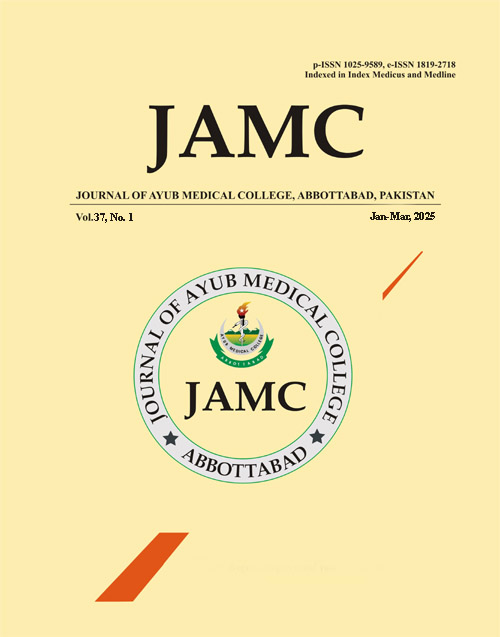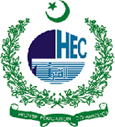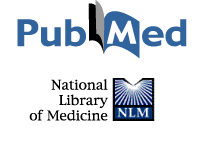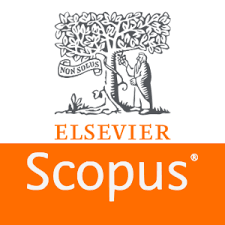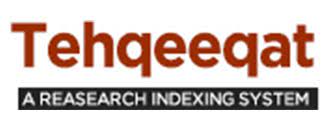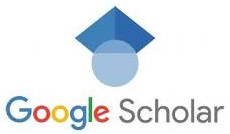A CASE REPORT OF BARDET-BIEDL SYNDROME: EMPHASIZING GENETIC COMPLEXITY AND MULTIDISCIPLINARY MANAGEMENT
DOI:
https://doi.org/10.55519/JAMC-02-13213Keywords:
Bardet-Biedl Syndrome (BBS); Ciliopathy; Autosomal recessive; Multisystemic manifestations; Genetic counseling; Chronic kidney diseaseAbstract
Bardet-Biedl Syndrome (BBS) is a rare autosomal recessive ciliopathy presenting with multisystemic manifestations. We report a case of a 17-year-old female with BBS who presented with life-threatening kidney disease. The patient exhibited classic BBS features, including retinal dystrophy, polydactyly, obesity, and cognitive impairment. Genetic analysis revealed consanguinity, underscoring the link between familial history and increased disease likelihood. This case highlights the importance of early genetic studies, comprehensive multidisciplinary care, and genetic counseling for affected families to improve patient outcomes and guide subsequent pregnancies.
References
1. Fan Y, Rahman P, Peddle L, Hefferton D, Gladney N, Moore SJ, et al. Bardet–Biedl syndrome one genotype and obesity in the Newfoundland population. Int J Obes Relat Metab Disord 2004;28(5):680–4.
2. Karaman A. Bardet-Biedl syndrome: a case report. Dermatol Online J 2008;14(1):9.
3. Beales PL, Elcioglu N, Woolf AS, Parker D, Flinter FA. New criteria for improved diagnosis of Bardet-Biedl syndrome: results of a population survey. J Med Genet 1999;36(6):437–46.
4. Moore SJ, Green JS, Fan Y, Bhogal AK, Dicks E, Fernandez BA, et al. Clinical and genetic epidemiology of Bardet–Biedl syndrome in Newfoundland: A 22‐year prospective, population‐based, cohort study. Am J Med Genet A 2005;132(4):352–60.
5. Parameswarappa DC, Das AV, Thakur PS, Takkar B, Multani PK, Padhy SK, et al. Retinitis pigmentosa in Laurence-Moon-Bardet-Biedl syndrome in India: Electronic medical records driven big data analytics: Report II. Indian J Ophthalmol 2022;70(7):2533–8.
6. Katsanis N, Lupski JR, Beales PL. Exploring the molecular basis of Bardet–Biedl syndrome. Human Mol Genet 2001;10(20):2293–9.
7. Williams B, Jenkins D, Walls J. Chronic renal failure; an important feature of the Laurence-Moon-Biedl syndrome. Postgrad Med J 1988;64(752):462–4.
8. Forsythe E, Beales PL. Bardet-Biedl syndrome. Eur J Hum Genet 2013;21(1):8–13.
9. Priya S, Nampoothiri S, Sen P, Sripriya S. Bardet-Biedl syndrome: Genetics, molecular pathophysiology, and disease management. Indian J Ophthalmol 2016;64(9):620–7.
10. MedlinePlus. Bardet-Biedl syndrome [Internet]. Bethesda (MD): National Library of Medicine (US); 2013 [cited 2025 April 2]. Available from: https://medlineplus.gov/genetics/condition/bardet-biedl-syndrome/
11. Esposito G, Testa F, Zacchia M, Crispo AA, Di Iorio V, Capolongo G, et al. Genetic characterization of Italian patients with Bardet-Biedl syndrome and correlation to ocular, renal and audio-vestibular phenotype: identification of eleven novel pathogenic sequence variants. BMC Med Genet 2017;18(1):10.
12. Fulton AB, Hansen RM, Glynn RJ. Natural course of visual functions in the Bardet-Biedl syndrome. Arch Ophthalmol 1993;111(11):1500–6.
13. Qadar LT, Ahmed ZM, Munawar M, Hasan CA, Iqbal SU. Laurence-Moon-Bardet-Biedl Syndrome with Coexisting Abdominal Distension and Positive Fluid Thrill: A Rare Manifestation Reported in Karachi, Pakistan. Cureus 2019;11(6):e4885.
14. Green JS, Parfrey PS, Harnett JD, Farid NR, Cramer BC, Johnson G, et al. The cardinal manifestations of Bardet-Biedl syndrome, a form of Laurence-Moon-Biedl syndrome. N Engl J Med 1989;321(15):1002–9.
15. Elbedour K, Zucker N, Zalzstein E, Barki Y, Carmi R. Cardiac abnormalities in the Bardet-Biedl syndrome: echocardiographic studies of 22 patients. Am J Med Genet 1994;52(2):164–9.
16. Khan BA, Shahid A, Nazir MB, Khan KS, Punshi A. Laurence-Moon-Bardet-Biedl syndrome: a case report. Cureus 2019;11(9):e5618.
Downloads
Published
How to Cite
Issue
Section
License
Copyright (c) 2025 Dua.B. Zaidi, Daayl Naim Mirza, Romesa Jamshed, Inshal Jawed

This work is licensed under a Creative Commons Attribution-NoDerivatives 4.0 International License.
Journal of Ayub Medical College, Abbottabad is an OPEN ACCESS JOURNAL which means that all content is FREELY available without charge to all users whether registered with the journal or not. The work published by J Ayub Med Coll Abbottabad is licensed and distributed under the creative commons License CC BY ND Attribution-NoDerivs. Material printed in this journal is OPEN to access, and are FREE for use in academic and research work with proper citation. J Ayub Med Coll Abbottabad accepts only original material for publication with the understanding that except for abstracts, no part of the data has been published or will be submitted for publication elsewhere before appearing in J Ayub Med Coll Abbottabad. The Editorial Board of J Ayub Med Coll Abbottabad makes every effort to ensure the accuracy and authenticity of material printed in J Ayub Med Coll Abbottabad. However, conclusions and statements expressed are views of the authors and do not reflect the opinion/policy of J Ayub Med Coll Abbottabad or the Editorial Board.
USERS are allowed to read, download, copy, distribute, print, search, or link to the full texts of the articles, or use them for any other lawful purpose, without asking prior permission from the publisher or the author. This is in accordance with the BOAI definition of open access.
AUTHORS retain the rights of free downloading/unlimited e-print of full text and sharing/disseminating the article without any restriction, by any means including twitter, scholarly collaboration networks such as ResearchGate, Academia.eu, and social media sites such as Twitter, LinkedIn, Google Scholar and any other professional or academic networking site.

